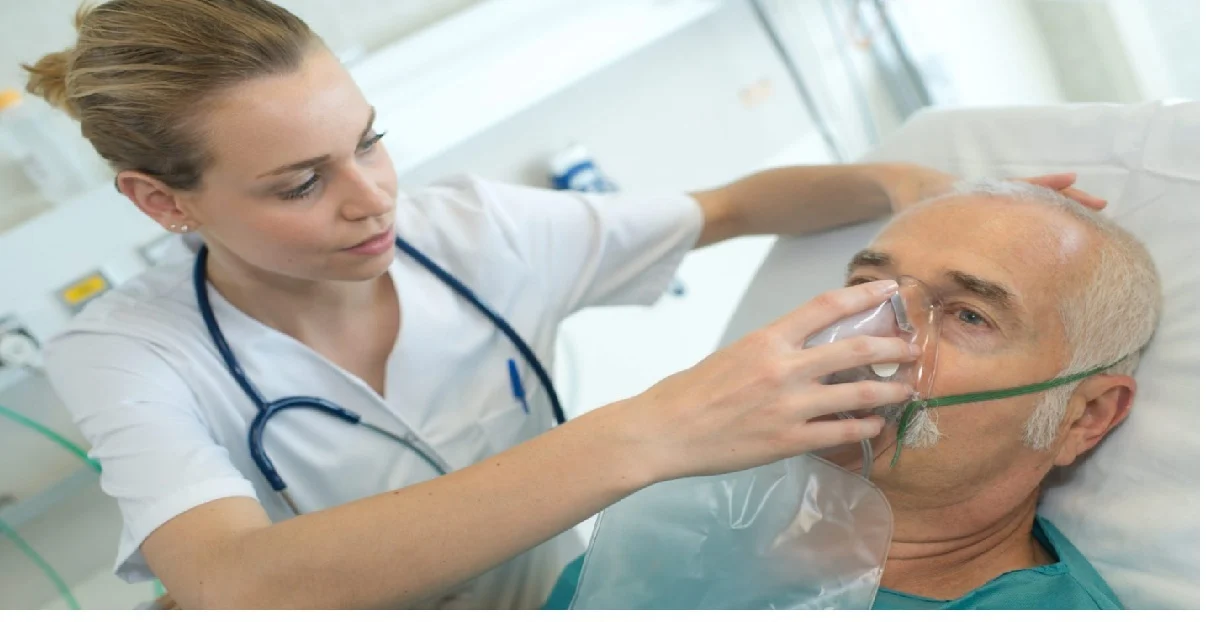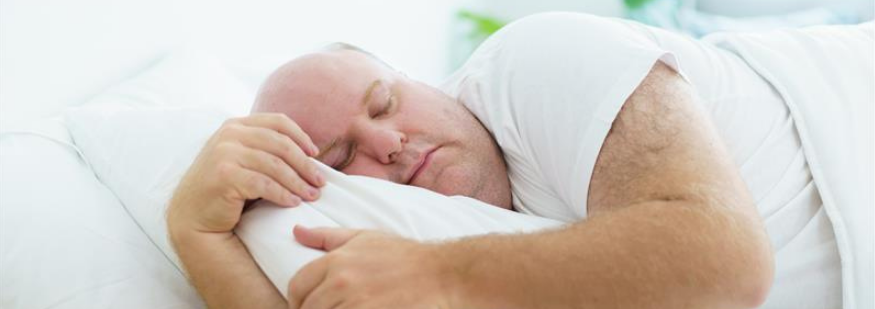Cleaning Tips for Proper Performance and Optimal Health
Continuous Positive Airway Pressure (CPAP) therapy is a widely recognized and effective treatment for sleep apnea. This therapy can significantly improve your sleep quality and overall health by ensuring you get the restorative rest your body needs. However, to truly reap the benefits of CPAP therapy, it is essential to maintain and regularly clean your device. Neglecting this crucial step can lead to bacteria, mold, and fungus growing inside your machine, risking your health.
“Proper maintenance of your CPAP machine is essential not just for optimal performance, but for your health. A clean CPAP device ensures that you breathe in only fresh air, preventing respiratory issues and skin irritation while helping you achieve the restful sleep you deserve,” says Robert Miller, Apria's Vice President of Sleep Business.
Since your CPAP machine helps you breathe throughout the night, keeping it clean is not just about comfort—it’s about preventing harmful contaminants from entering your body. Although it’s uncommon, improper maintenance of your CPAP device can make you sick. Here’s how that can happen and what you can do to prevent it.
How a Dirty CPAP Device Can Make You Sick
Failing to clean your CPAP machine regularly can lead to two main health issues: respiratory problems and skin irritation. Both stem from accumulating bacteria, mold, and fungi in your device.
Respiratory Illnesses
Your CPAP machine delivers air directly into your airways; if it’s contaminated, you’re breathing in bacteria, mold, and fungal spores. This can result in infections in your upper or lower respiratory system, depending on your mask type. Contaminated air can lead to illnesses such as sinus infections, pharyngitis, laryngitis, or even pneumonia.
- Pneumonia: A lung infection caused by bacteria, viruses, or fungi. A dirty CPAP can introduce these microorganisms directly into your respiratory system.
- Sinus Infections and Respiratory Illnesses: Contaminated CPAP devices can lead to sinus congestion or infections, as well as more serious respiratory infections, as harmful particles enter your nasal cavity, throat, and lungs.
Skin Irritation and Infections
The CPAP mask sits directly on your face, making it susceptible to collecting bacteria and dead skin cells. Improperly fitted masks can rub against your skin, irritating, and if the mask is not cleaned regularly, this can lead to further complications like infections or acne.
- CPAP-Related Dermatitis: Skin irritation commonly starts as mild dermatitis caused by friction or bacteria from an unclean mask. If left untreated, this irritation can become a more severe infection.
How to Properly Clean and Maintain Your CPAP Device
Proper maintenance of your CPAP machine is crucial for preventing illness and ensuring the device works efficiently. Even with regular cleaning, replacing parts of your device periodically is important, as microscopic bacteria and fungi can accumulate unseen.
Daily Cleaning Tasks:
- CPAP Mask: Since the mask touches your face, it collects bacteria and dead skin cells. Clean the cushion, headgear, and frame daily with mild soap and water, and let them air dry in a low-dust environment. To disinfect, soak the cushion in a mixture of water and vinegar once a week.
- Pro Tip: Washing your face before putting on the mask can help maintain the integrity of the mask and extend its life.
Weekly Cleaning Tasks:
- CPAP Filters: If your machine uses reusable filters, wash them at least once a week to prevent dust, pollen, and other particles from entering your device. Rinse under warm water, squeeze out excess moisture, and air dry. Disposable filters should be replaced every two weeks or as the manufacturer directs.
- CPAP Tubing: Submerge the tubing in warm, soapy water and rinse thoroughly. Avoid using bleach or scented products that can break down the tubing material. Hang the tubing to air dry and replace it every three months to ensure optimal performance.
- CPAP Humidifier: Wash the humidifier’s water chamber with mild soap and warm water and allow it to air dry. You can sanitize it by filling the chamber with equal parts white vinegar and water, letting it sit for 20 minutes, then rinsing thoroughly.
Regular Replacement of CPAP Components
Even with consistent cleaning, certain parts of your CPAP machine must be replaced regularly to maintain its functionality and prevent the buildup of harmful particles. Refer to your manufacturer’s guidelines, but typically:
- CPAP filters: Replace them every two weeks for disposable filters, and clean reusable filters weekly.
- CPAP tubing: Replace every 3 months.
- CPAP mask cushion: Replace every 2 weeks for nasal cushions and pillows or every 4 weeks for full face cushions.
- Humidifier chamber: Replace every 6 months.
Your CPAP machine is vital in managing sleep apnea and improving your quality of life. However, neglecting to clean and maintain your device can introduce harmful bacteria and fungi, leading to respiratory issues and skin irritation. By following the recommended cleaning and replacement schedules, you can ensure that your CPAP machine remains effective and safe, helping you get the restful sleep you deserve.
References
Godman, Heidi. “Can Your CPAP Make You Sick?” Harvard Health, October 8, 2019. https://www.health.harvard.edu/blog/can-your-cpap-make-you-sick-2019100818005.
Mayo Clinic Staff. “Cleaning PAP Supplies Is Important.” Mayo Clinic Health System, January 8, 2016. https://www.mayoclinichealthsystem.org/hometown-health/speaking-of-health/why-cleaning-your-cpap-is-important.
Patel, Sanjay R. “Providing Cleaning Recommendations for Positive Airway Pressure Devices.” Annals of the American Thoracic Society, January 21, 2024. https://pmc.ncbi.nlm.nih.gov/articles/PMC10867908/.
Peters, Brandon. “The Right Way to Clean a CPAP Machine.” Verywell Health, March 3, 2024. https://www.verywellhealth.com/how-to-clean-cpap-3015322.
LEGAL DISCLAIMER: Material in this newsletter is provided for general health education and informational purposes and to provide references to other resources only; it may not apply to you as an individual. While Apria Healthcare believes that the information provided through this communication is accurate and reliable, Apria Healthcare cannot and does not make any such guarantee. It is not intended to be a replacement for professional medical advice, evaluation, diagnosis, services or treatment (collectively, “medical treatment”). Please see your healthcare provider for medical treatment related to you and your specific health condition(s). Never disregard medical advice or delay seeking medical care because of something you have read on or accessed through this website. Reading this newsletter should not be construed to mean that you have a healthcare provider/patient relationship.





.png)
